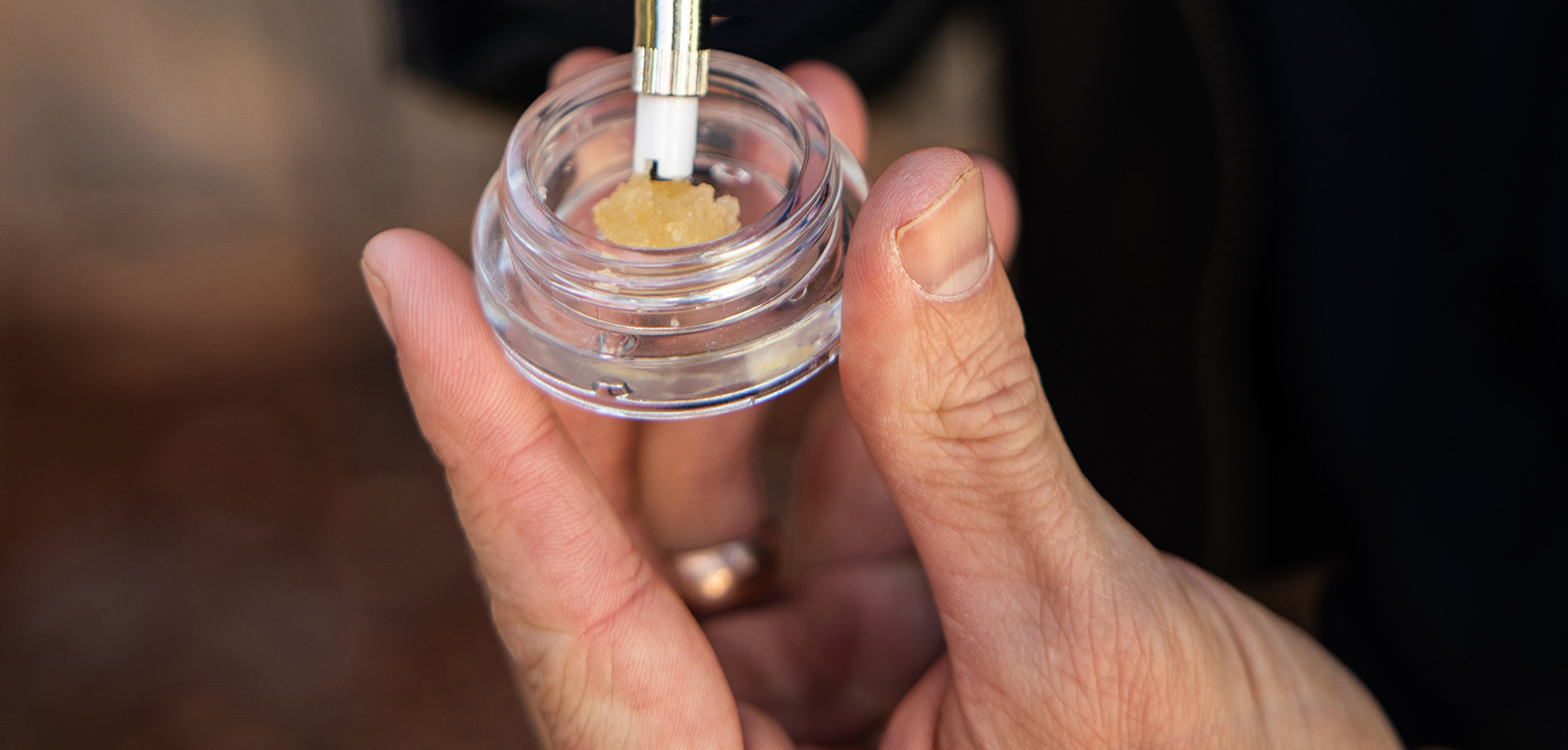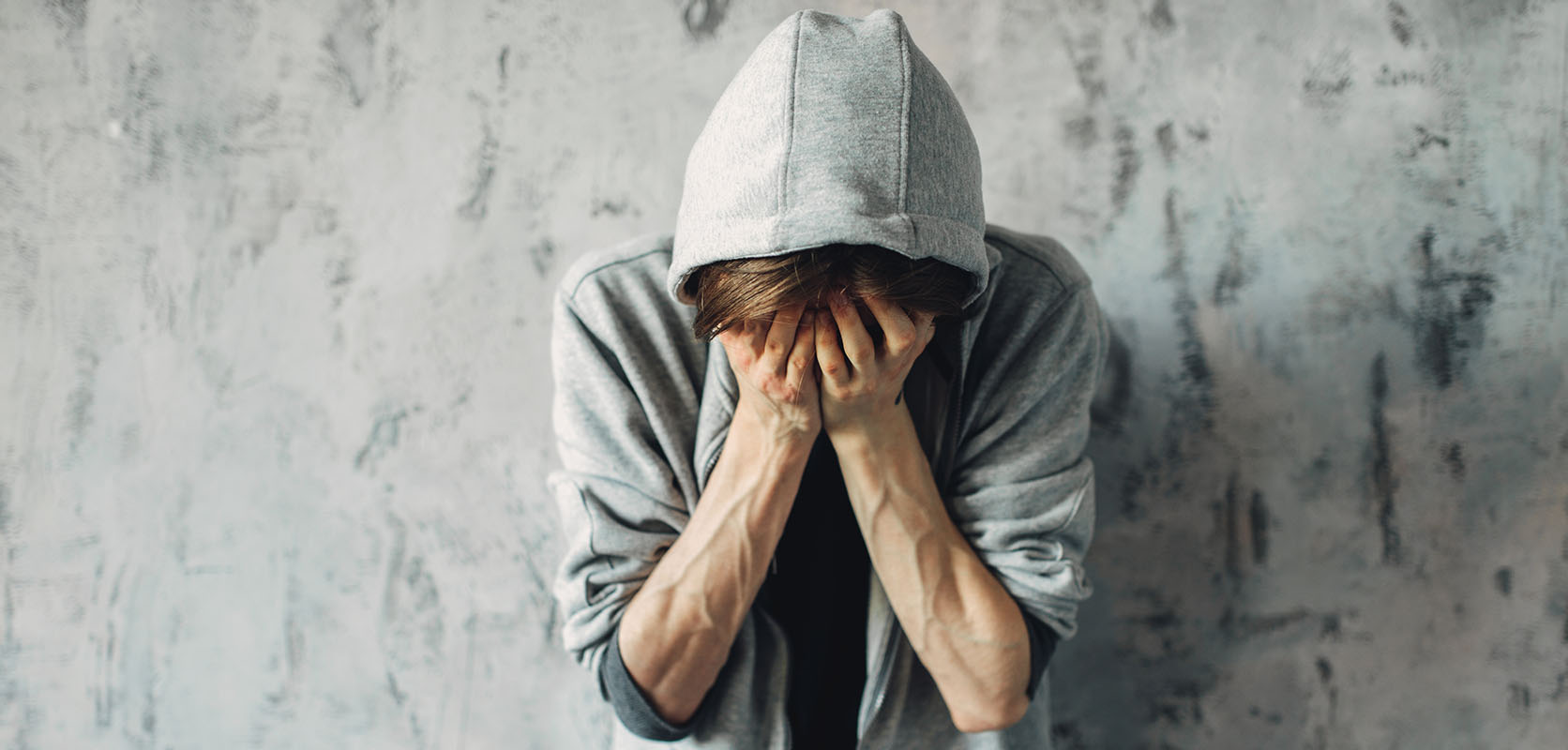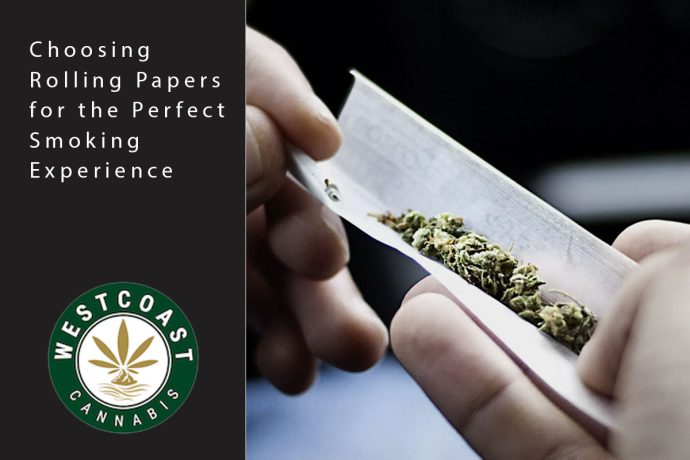Read on to Learn Some of the Long-Term Side Effects of Dabbing Weed, Plus Healthier Alternatives
What are the potential side effects of dabbing weed? This article explains it all.
Now that the medicinal and recreational use of marijuana is legal in Canada, it is possible to buy weed online. This goes for dried herb, pre-rolls, and other weed products such as THC concentrates like waxes and oils.
The rise of these products has given birth to a popular means of marijuana consumption known as dabbing. Over time, dabbing has become the internet phenomenon everyone is talking about.
Numerous articles are touting it to be one of the best ways of getting high. These claims are often made because of the high THC content in the concentrates used in dab rigs.
While they pack a powerful punch and are a great way to get zonked when with your friends, are dabs bad for you? Do they cause more harm than good? In today’s article, we will take a deep look at some of the side effects of dabbing weed that you should be aware of. But first, let’s go through the basics. 
What Are Dabs?
You’ve probably skimmed by now that we’re not referring to the dance made famous by Cam Newton when we talk about dabbing. In pot culture, dabbing refers to consuming very potent THC concentrates, making one significantly high after just one or two hits.
When dabbing, one takes a hit of the ‘dab’- a common term for budder, shatter, wax, honeycomb, and other THC concentrates. Dabs are generally made by extracting THC (or hash oil) from cannabis using chemical methods.
Butane is the solvent that’s most commonly used. This essentially makes dabs very concentrated forms of butane hash oil (BHO).
According to research, the dabs available on the market today contain THC levels as high as 80%. This makes a 30% THC strain look like a joke. Considering that the average cannabis strain contains 10%-15% THC, certain dabs can be four times stronger than a regular joint. That’s alarming. 
When Was Dabbing Weed Invented?
Dabbing has a rich history, with anecdotal evidence suggesting that it’s been common in Canada and the Americas since sometime in the 1960s. Back then, people would use petrol and acetone as solvents. They would then combine this concentrated form of THC with tobacco or roll it up as is in smoking paper.
Dabbing was initially seen as a resourceful way of using cannabis. This is because it used twigs and other cannabis plant parts that would typically go to waste. This method of consuming weed also became more popular when people realized that taking high concentrations of THC helped provide relief from pain. 
How Does Dabbing Work?
Most marijuana smokers prefer to enjoy their herb by smoking joints or using pipes and bongs. You know, the classy stuff.
That said, it’s become more common to encounter dab rigs today, especially in college dorm rooms where everyone’s always up for a good time.
Dab rigs work this way: one heats the dab to extreme temperatures and inhales the vapor. They are fashioned to look like bongs but with special design and functionality.
After the load is placed on the rig’s ‘nail’, it is heated using a blow torch. As it heats up, one inhales the vapor that is produced. This implies that you feel the effects instantly when smoking dabs, unlike vaping or smoking a joint, which have a more gradual high.
Another common way of smoking dabs is vaping, especially among teens and young adults. This consists of loading vaping devices with hashish oil. Since no smoke is produced, this method is quite discreet, which explains its popularity among teens.
This brings us to the crux: seeing how popular dabbing is becoming, should it be a cause of concern? Are dabs dangerous? Let’s talk about the side effects of dabbing weed.
The Side Effects of Dabbing Weed; Are Dabs Bad for You?
Certain media outlets and blogs portray smoking dabs as a safe method of consuming marijuana. The common logic is that since dabs are so highly concentrated, one would typically only have to take one or two hits before they’re substantially toasted. After all, how much damage could one hit possibly do, right?
Wrong. While this seems to make sense, it’s simply not true and it’s important that you familiarize yourself with the risks and some of the side effects of dabbing weed.
One of the side effects of dabbing weed is that it increases the user’s tolerance of THC, meaning you have to keep upping your dose to get high. And if you’re dabbing 80% THC wax, how much higher than this could you go? Continually chasing this high is likely to breed dependence. This results in more problems, such as severe withdrawal symptoms when one tries to quit. 
What Are the Side Effects of Smoking Dabs?
Is dabbing weed dangerous? What are the potential side effects of dabbing weed? Over the recent past, smoking dabs has been associated with side effects such as rapid heartbeat, loss of consciousness, and blackouts, besides psychotic symptoms such as paranoia, anxiety, and hallucinations.
There are also several long-term side effects of dabbing weed, including memory loss, anxiety, and temporary psychosis.
If you suffer from severe or even mild anxiety, these high levels of THC may exacerbate the situation. The same goes for people on the onset of schizophrenia and other mental illnesses; dabbing regularly increases the chances of these illnesses manifesting exponentially.
Due to the high THC potency, you’re also likely to take too much, which may result in nausea, panic attacks, and mania. Yes, THC wax can make you sick.
As we’ve mentioned, dabs are made by extracting THC and other cannabinoids using butane. They also contain chemicals such as benzene and methacrolein. This has grave implications on the health of the people that smoke dabs.
According to this information from the government website, dabbing is a causative factor in the outbreak of a severe pulmonary disease that has been rampant since 2019. People who suffer and succumb to this illness have a history of vaping and dabbing.
These patients also showed no evidence that could support alternative diagnoses. The most severe cases required intensive care and ventilation and often resulted in death. This preliminary information suggests the need for caution when smoking dabs. 
How Can I Safely Consume Marijuana?
There are many different ways of consuming marijuana that can help you avoid the side effects of dabbing weed that we mentioned here. Weed has been around for years, and every civilization has always done it their way. That’s great because they paved the way for modern marijuana enthusiasts to enjoy the herb.
One of the most common ways to ‘safely’ consume your weed is smoking. Granted, you are indeed inhaling smoke, and that’s not the healthiest thing to do.
That said, there are ways you can ensure you aren’t doing yourself too much harm. Stay away from cigar wraps, and opt for pure, unbleached hemp-based rolling paper. This way, you limit the dangerous chemicals that go into your lungs.
Another safe way of consuming marijuana is eating edibles. Edibles are a fun and effective way of getting baked- see what we did there?
It’s well known that eating marijuana results in a more potent high that lasts for longer. Since you can add THC extract to anything, your possibilities for edible marijuana products are endless. We, an online marijuana dispensary in Canada, stock our fair share of potent, high-quality, and affordable edible marijuana products.
The Side Effects of Dabbing Weed; Takeaway & Where To Buy Weed Online in Canada
Now that you’re aware of some of the side effects of dabbing weed, it’s probably a good time to tell you where you can get dried flowers, pre-rolls, edibles, and other cannabis products in Canada. Here at West Coast Cannabis, we’re dedicated to providing our customers with the highest quality weed.
All the products on our website have been tested for consistency in quality, potency, and food safety. We’ve got you if you’re looking to buy THC concentrates to make edibles or simply buy weed online in Canada. Have a quick look through our shop: we dare you not to find something you like.














Leave a comment
You must be logged in to post a comment.